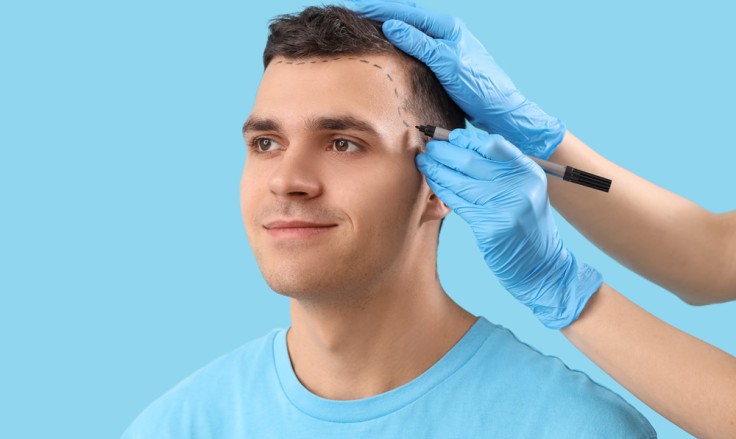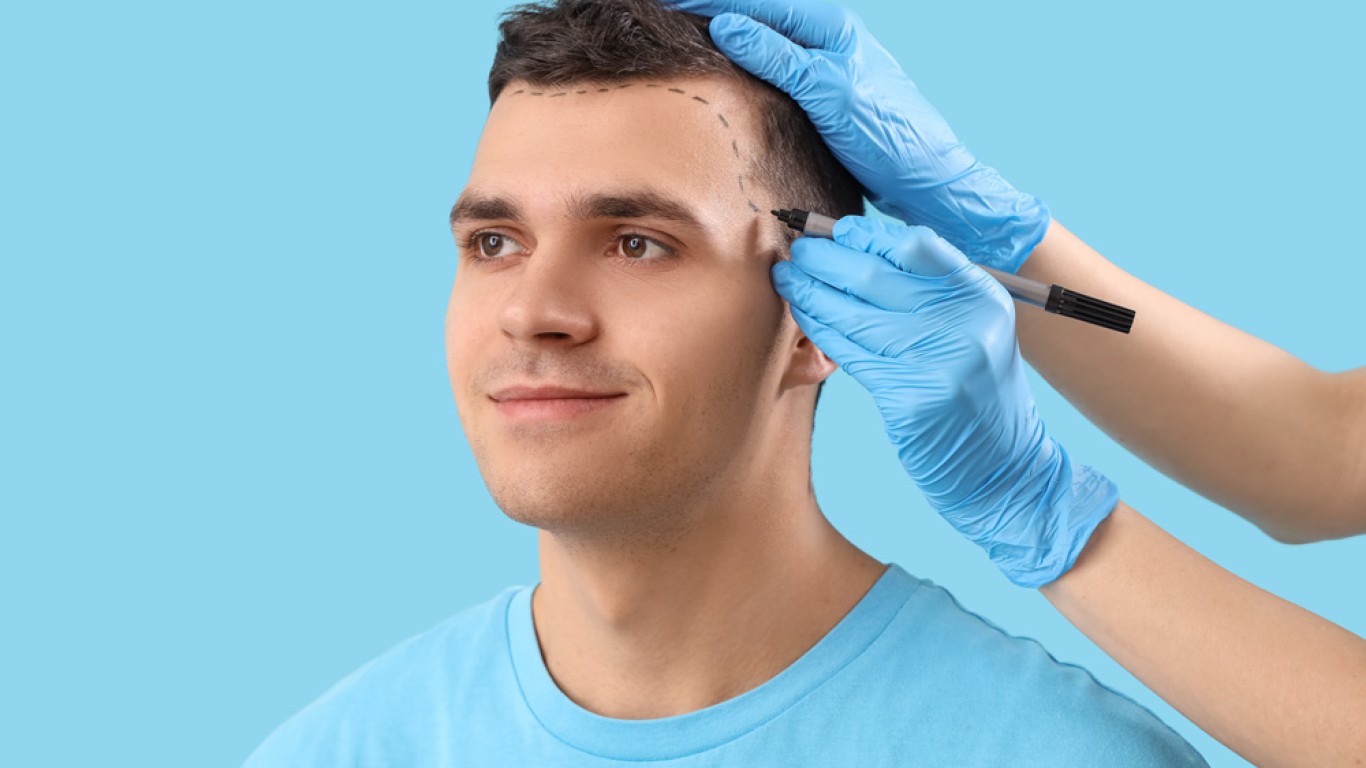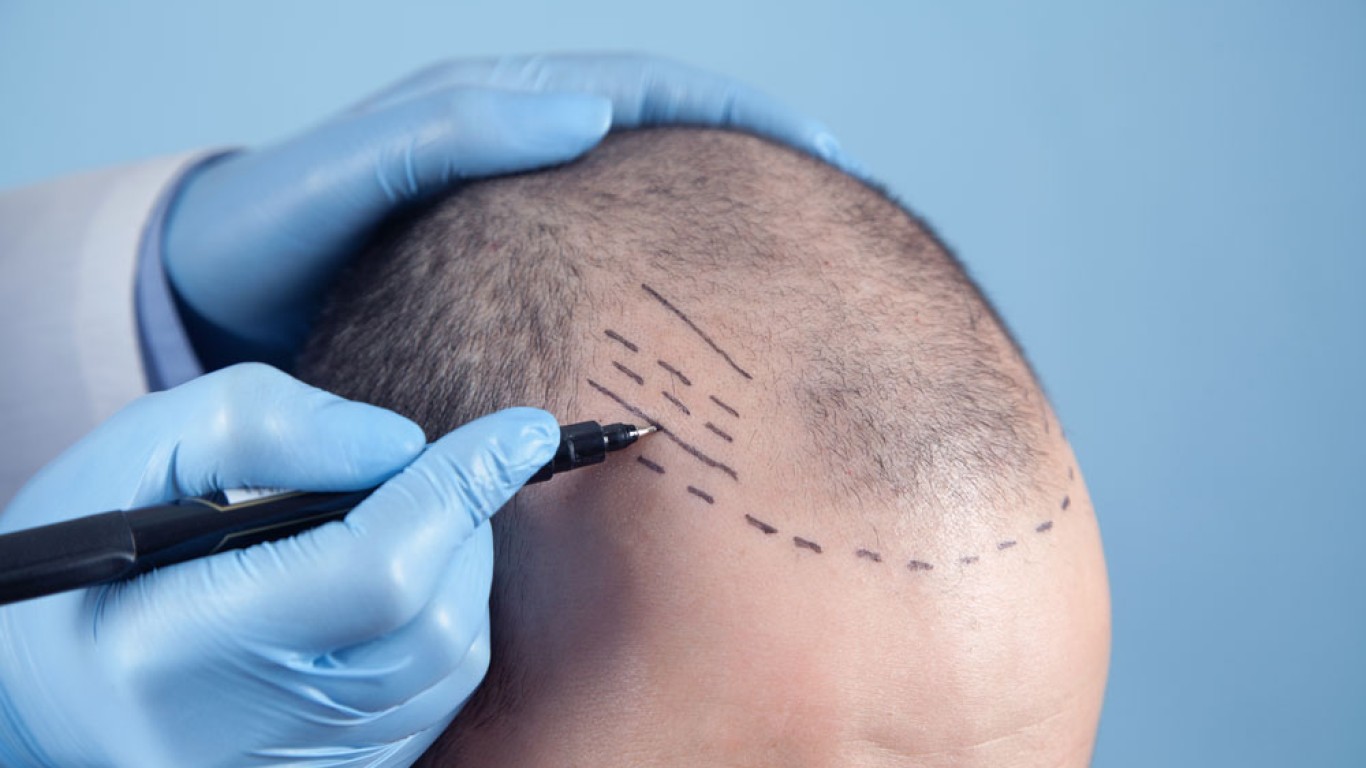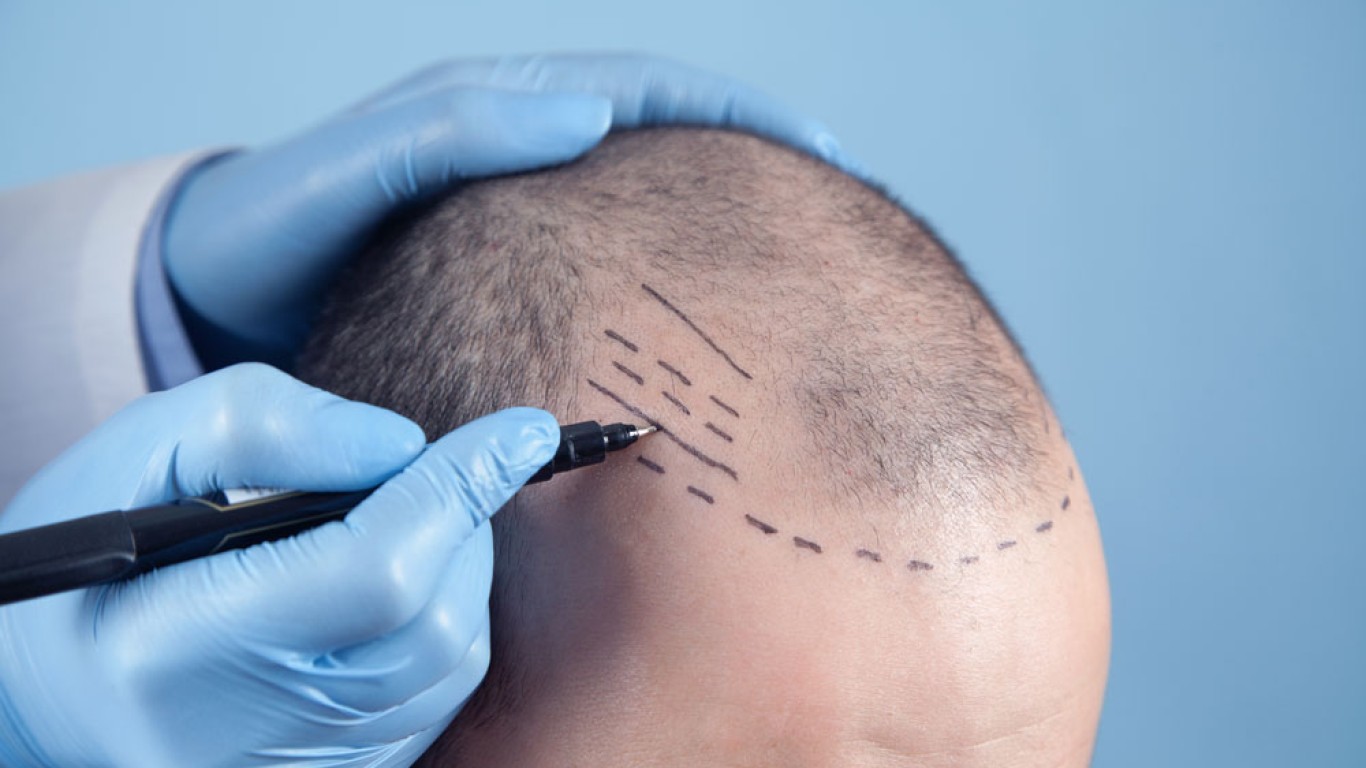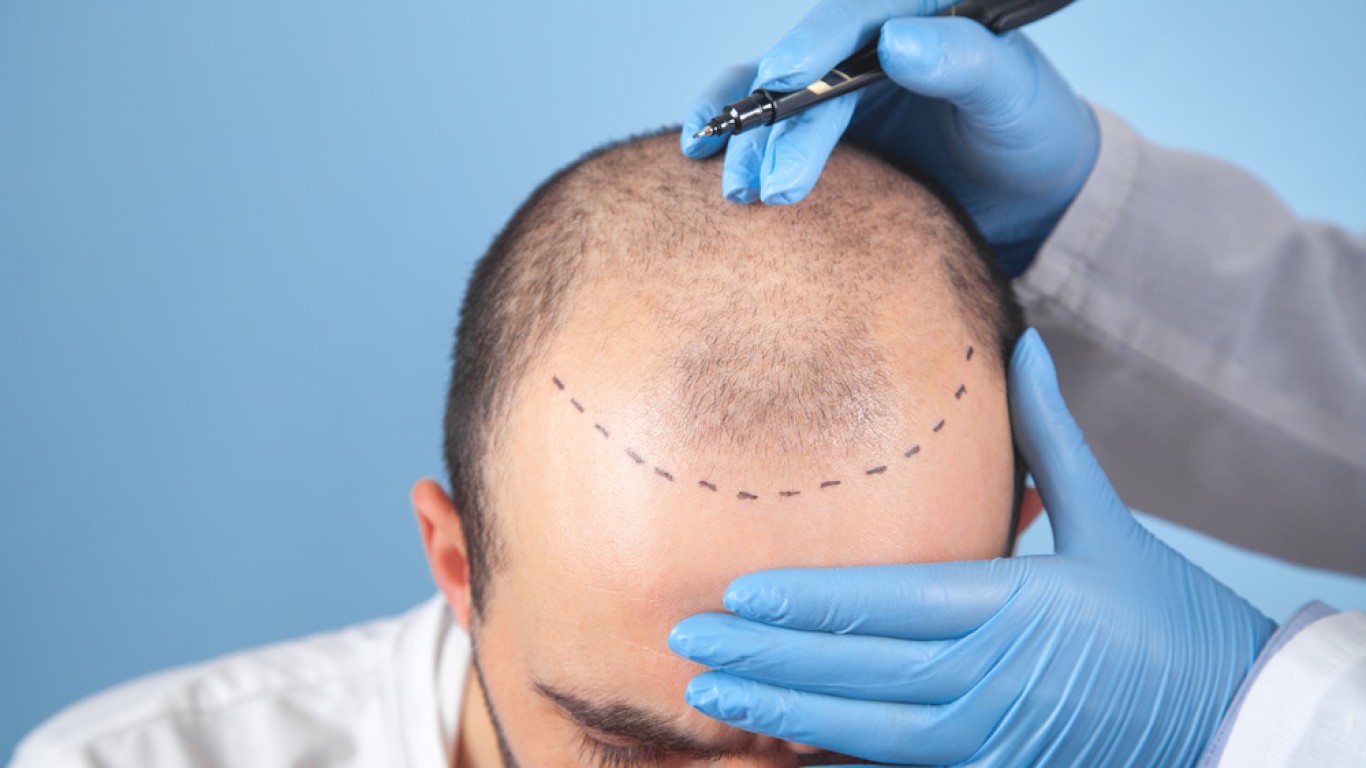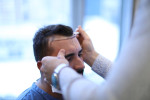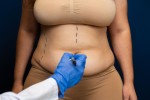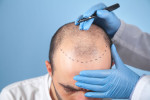Introduction
Undergoing a hair transplant can be a transformative experience. This is particularly true when combined with the high standards and affordability found in Turkey. With modern techniques like FUE and DHI, many patients travel to Istanbul for exceptional care and impressive results. However, while the surgery is important, your aftercare experience is equally vital for success. This article outlines exactly what to expect after a hair transplant in Turkey. It includes the recovery timeline, milestones, and aftercare tips. Whether you’ve booked your procedure or are still considering it, this guide offers realistic insight into the journey ahead.
Day 1: Post-Hair Transplant Sensations and First Impressions
Immediately after your hair transplant, you’ll likely feel mild soreness or tightness in the scalp. This is completely normal and should subside within a day or two. Your surgeon may bandage your donor area and provide a post-op care kit. Additionally, swelling may begin to develop around the forehead or eyes. This will typically peak by day three. Ice packs (never directly on the grafts) and rest help reduce this. Most clinics also prescribe antibiotics, painkillers and anti-inflammatory medication to aid early healing. Expect to sleep with your head elevated for a few nights. This will help minimise swelling and protect your grafts.
Hair Transplant Week 1: Healing, Itching, and Gentle Care
The first week is crucial for recovery and graft survival. Small scabs will form around the transplanted hairs, and these must be left untouched. Itching is also common but avoid scratching to prevent dislodging the follicles. Most clinics will guide you on how and when to begin washing your scalp. Typically, this involves using a special shampoo and applying it gently with your fingertips. You’ll also need to avoid sun exposure, smoking, and strenuous exercise during this time. Discomfort subsides quickly. However, you should still take extra care to protect your scalp from bumps or pressure.
Hair Transplant Weeks 2–4: Shedding Begins and Patience Is Key
By the second or third week, you’ll notice the newly transplanted hairs begin to shed. This phase, known as “shock loss”, is entirely expected and temporary. The follicles remain intact beneath the skin, ready to start producing new hair. This period can be emotionally challenging, especially if you're hoping for immediate results. However, rest assured the shedding process is a standard step towards natural regrowth. Continue following your clinic’s aftercare advice and avoid over-washing or over-handling the scalp. Although visible hair is falling out, healing continues below the surface.
Hair Transplant Months 1–3: The Quiet Phase and Subtle Progress
This is known as the “dormant” phase of hair transplant recovery. Most patients see little visible change during these months, which can feel discouraging. However, the follicles are gradually reactivating and preparing to grow new hair. Around month three, some fine hairs may begin to appear. They may be lighter, thinner and sparse at first. Over time, they will thicken and darken, creating a fuller look. You can typically return to your normal lifestyle during this phase. This can include light workouts and regular routines, though direct sunlight should still be avoided.

Hair Transplant Months 4–6: Visible Growth and Noticeable Changes
During this exciting phase, you'll begin seeing more consistent growth from your hair transplant. The new hairs will thicken and appear more natural. Density improves noticeably, and your hairline starts to take shape. By month six, many patients report significant changes in appearance and confidence. It’s also a good time for follow-up photos with your clinic. This is because the improvements are now measurable. Still, the scalp may remain sensitive, and results are not final yet. Some areas may grow faster than others, depending on circulation and follicle strength.
Hair Transplant Months 7–9: Texture Improvement and Styling Freedom
By now, the majority of your new hair will have grown in. Texture begins to normalise, and you can start cutting and styling it like natural hair. Many patients choose to try new hairstyles at this point to showcase their results. Any lingering scalp redness or sensitivity usually fades by this stage. You may also feel comfortable using mild styling products again. Always check with your surgeon first. It’s important to continue caring for your scalp. Use gentle shampoos and avoid harsh treatments or excessive heat.
Hair Transplant Month 12 and Beyond: Full Results and Maintenance
The one-year mark is when full hair transplant results are usually visible. Hairs will have matured, thickened, and blended with your natural growth. Your hairline should look well-defined and balanced, with improved volume throughout the treated areas. Some patients continue to see minor improvements for up to 18 months. This is especially true if they had extensive transplants. Ongoing maintenance includes good scalp hygiene and balanced nutrition. You may also continue hair-supporting treatments like PRP or supplements. This will depend on your clinic’s advice.
Aftercare Tips That Support Long-Term Results
Caring for your hair transplant doesn’t stop after a week. These long-term habits help protect your investment and ensure lasting results:
- Use a gentle shampoo suited for sensitive scalps.
- Avoid scratching or picking at the scalp.
- Protect your scalp from excessive sun exposure.
- Maintain hydration and a healthy diet.
- Follow up with your clinic as advised for evaluations.
Sticking to your aftercare plan is just as important as the transplant itself. Small habits make a big difference in how well your hair takes root and flourishes.
Why Choose Turkey for Your Hair Transplant?
Turkey remains one of the top destinations for hair transplant procedures. This is largely thanks to expert surgeons and affordable pricing. Clinics in Istanbul and other cities offer advanced technologies and English-speaking staff. Also expect impressive results at a fraction of the cost of the UK or USA. In addition, many clinics offer package deals that include accommodation, transfers and follow-up care. This makes the journey smoother and more accessible for international patients. Turkey’s reputation is built on trust, experience, and many success stories from satisfied patients worldwide.
Conclusion
Knowing what to expect after a hair transplant in Turkey helps you prepare for every stage of recovery. The journey takes time and commitment. From early healing to the exciting moment when new growth emerges. With the right care and expectations, most patients find the results well worth the wait. Choose a reputable clinic and follow all guidance. This will help you enjoy fuller, natural-looking hair that enhances both appearance and confidence.
For more information and to book a consultation visit the ACIBADEM Beauty Center Hair Transplant page.
Frequently Asked Questions
Yes. Shedding typically happens 2–3 weeks post-op and is a normal part of the healing process.
Most surgeons recommend waiting at least 7–10 days before wearing a hat to avoid displacing grafts.
You can usually return to non-strenuous work within 2–5 days, depending on how you feel.
Full results are generally visible around 12 months after your hair transplant.
Yes. If needed, a second session can be done to improve density or treat additional areas.
